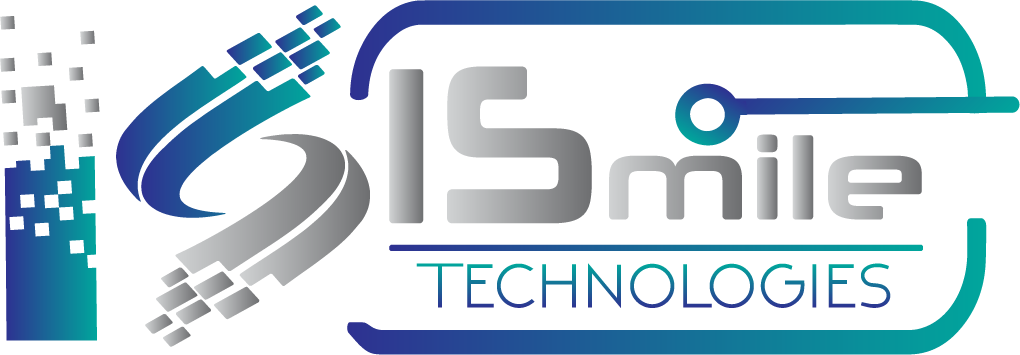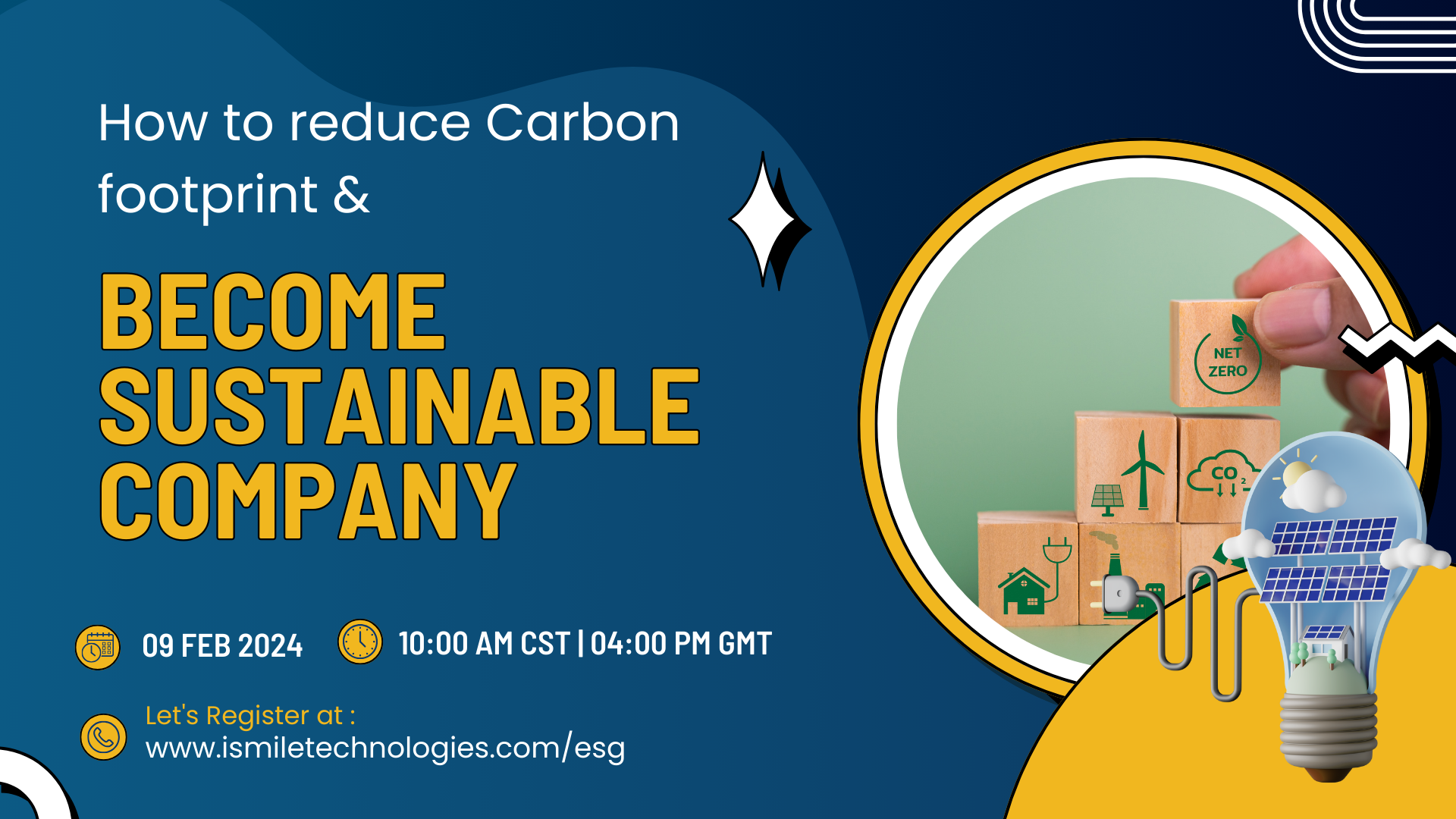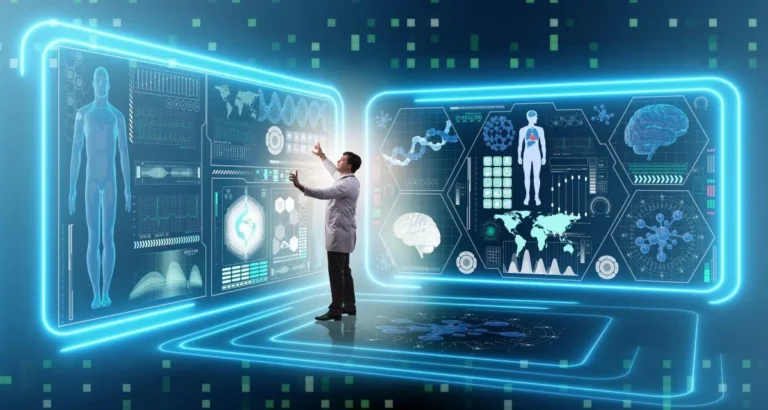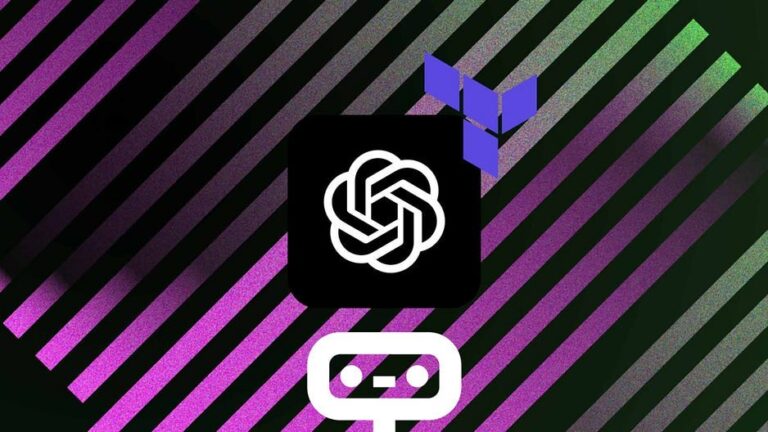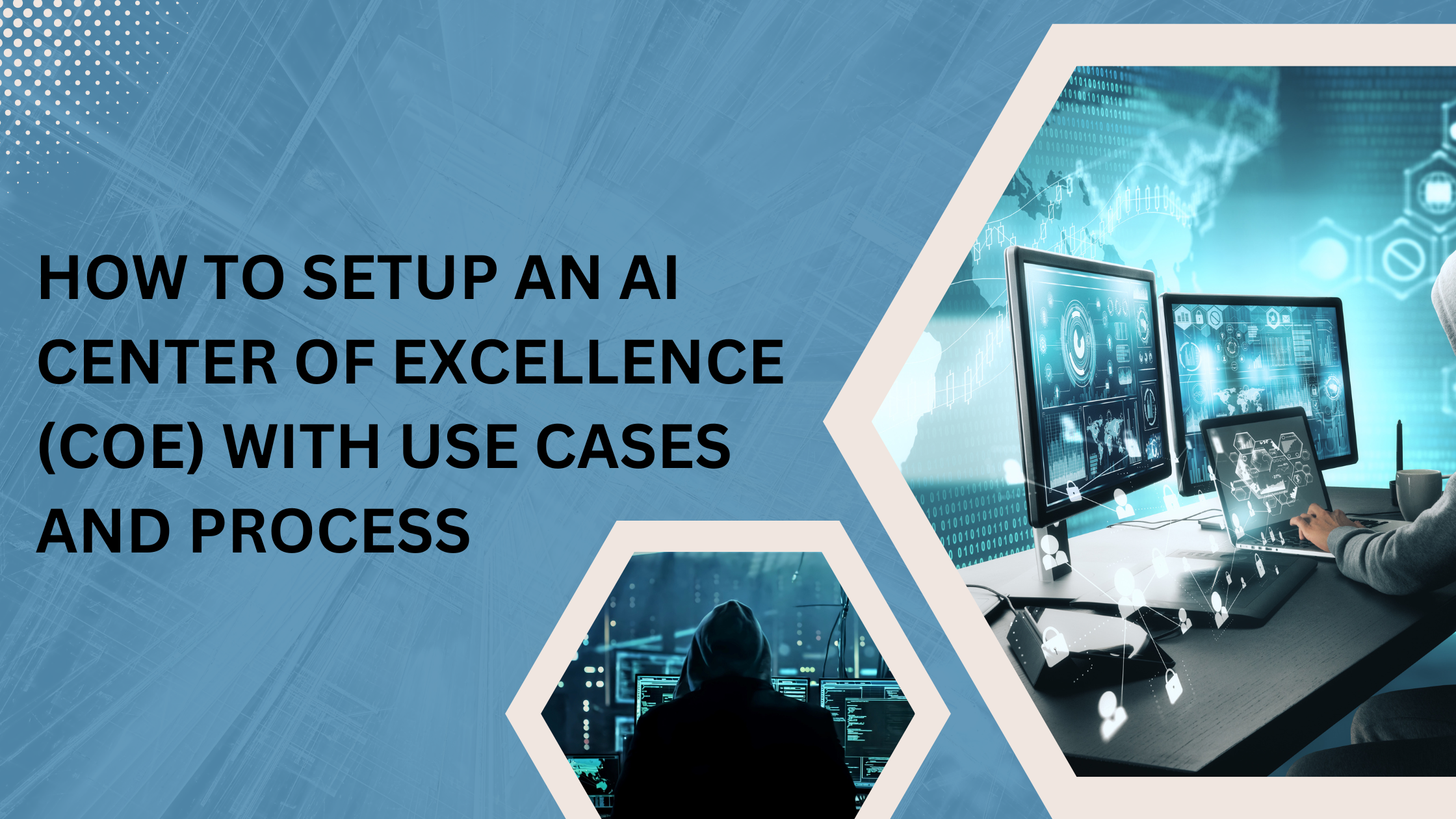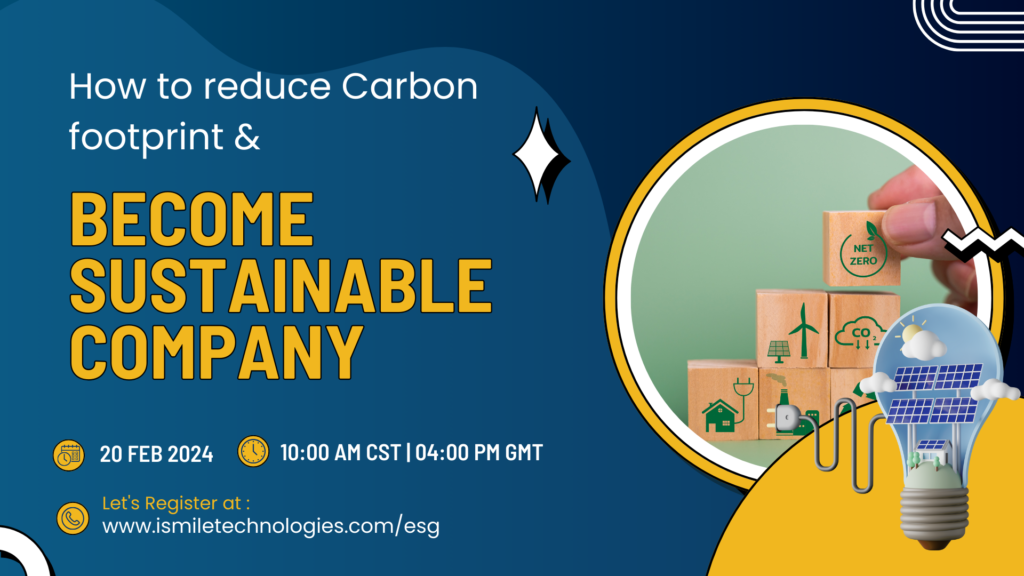Technical resources such as firewalls and data encryption are only as useful as the hands that wield them. That is why when it comes to cloud security, a key strategy like the Zero Trust approach is equally important in protecting sensitive data. The concept of Zero Trust is exactly what it sounds in which its basic principle is to never trust and always verify any user (or otherwise) within or outside of the secured network. This concept is reenforced by the authorization processes of people and devices along with constant inspection of the security framework. Strict privileges, user access, and authentication are required for all applications, devices, and users, making the Zero Trust approach the most secure Cloud Security strategy.
The Zero Trust philosophy targets areas of weakness that start at its core and then builds a security infrastructure from the inside-out instead of vice versa. This is achieved through micro-segmentation in which assets are reorganized and placed in zones where they are further isolated by standard security measures, therefore creating multiple lines of defense against potential threats. The secret to its success is a complete understanding of the aforementioned weak points: people, devices, and network.
Now that remote productivity is more important than ever, security leaders have a more difficult time isolating and granting authorization to employees working from their personal devices on home networks. Each employee working from a non-centralized network creates another access point to the organization’s cloud infrastructure for attackers to take advantage of. Obviously, there is no controlling what employees do on their devices on their personal time, which means that each of them is susceptible to fall victim to malware from the various websites they visit and programs they use. In order to combat this increased potential, data and resources are segmented and the privileges of users are limited to the point where they are only given access to the resources absolutely necessary to perform their duties. Limited access, constant monitoring of assets, and segmenting data are all integral to the Zero Trust policy.
The Internet of Things (IoT) refers to the network of physical devices connected to each other through the internet. As smart appliances become increasingly popular, traditional computers, phones, and tablets are no longer the only devices connected to the internet. Televisions, refrigerators, CCTV systems, and even cars are have become entry points for potential hackers, leading to an increase of vulnerabilities within the cloud infrastructure. By designating zones in which devices can exist and connect to the network, IT specialists can isolate non-essential devices such as appliances, personal phones, tablets, and computers from company authorized computers. In other words, segmenting devices and parts of the cloud network allows for easier threat identification and location in the case of an attack.
The key difference between the Zero Trust approach and standard security strategies is the fact that it builds its security infrastructure inside-out by creating boundaries around specific resources and limiting access to authorized personnel and their devices. Furthermore, Zero Trust uses an entire network of firewalls to segment and isolate data while limiting authorized endpoints whereas standard protocols tend to focus on a single firewall to secure the network as a whole which compromises surveillance and response time. Imagine a castle being stormed by the enemy: normally, once the outer wall is breached, the King and his subjects are doomed. However, if additional walls were raised between each region of the castle, enemies will have to break down each of them to get to the king and the castle may still stand a chance.
Whatever your cloud security needs may be, iSmile Technologies will be able to provide expert service and consultation. We understand that transitions in the business world are necessary but hectic and counter that issue by working closely with individual organizations to identify specific goals that will help guide the building process. We ensure that every inch of ground is covered before beginning the process.
Recent posts :

The Transformative Power of Artificial Intelligence in Healthcare
Integrating artificial intelligence (AI) into the healthcare sector has ushered in a new era of possibilities, fundamentally altering the landscape of patient care, diagnosis, and
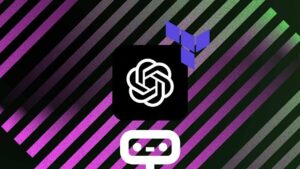
How Terraform Helps in AI Adoption on Azure
HashiCorp and Microsoft have forged a strategic partnership to develop Terraform modules that are meticulously aligned with Microsoft’s Azure Well-Architected Framework and industry best practices.
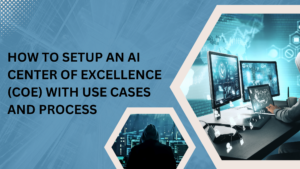
How To Setup An AI Center of Excellence (COE) With Use Cases And Process
In today’s data-driven world, artificial intelligence (AI) is no longer a futuristic fantasy but a powerful tool for businesses to unlock efficiency, innovation, and growth.
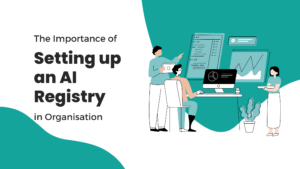
The Importance of Setting Up An AI Registry in Organisation
In the dynamic landscape of Artificial Intelligence (AI), responsible implementation is paramount. This is where the AI Registry emerges as a crucial tool, safeguarding your
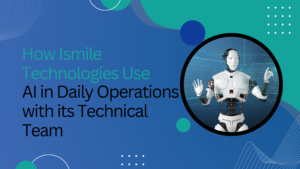
How Ismile Technologies Uses AI in Daily Operations with its Technical Team
Ismile Technologies, a leading name in cloud computing solutions, isn’t just delivering cutting-edge tech to its clients – they’re actively shaping their future with the
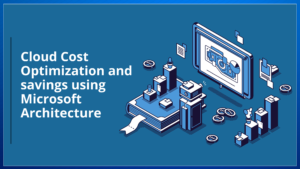
Cloud Cost Optimization and savings using Microsoft Architecture
The cloud’s allure is undeniable: agility, scalability, and access to cutting-edge technology. But lurking beneath the surface is a potential pitfall – cloud costs if
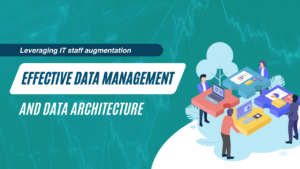
Leveraging IT Staff Augmentation for Effective Data Management and Data Architecture
The digital era has ushered in a data tsunami. It has flooded organizations with raw information that can either drown them or be harnessed as
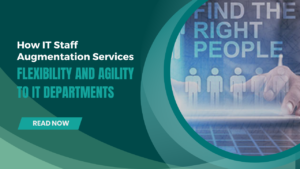
How IT staff augmentation services offer flexibility and agility to IT departments
The IT landscape is a whirlwind of constant change. New technologies emerge, business demands shift, and security threats evolve at breakneck speed. In this dynamic
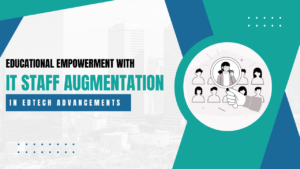
Educational Empowerment with IT Staff Augmentation in EdTech Advancements
In the realm of education, the fusion of Information Technology (IT) and staff augmentation has revolutionized the landscape. It brings forth a new era of
